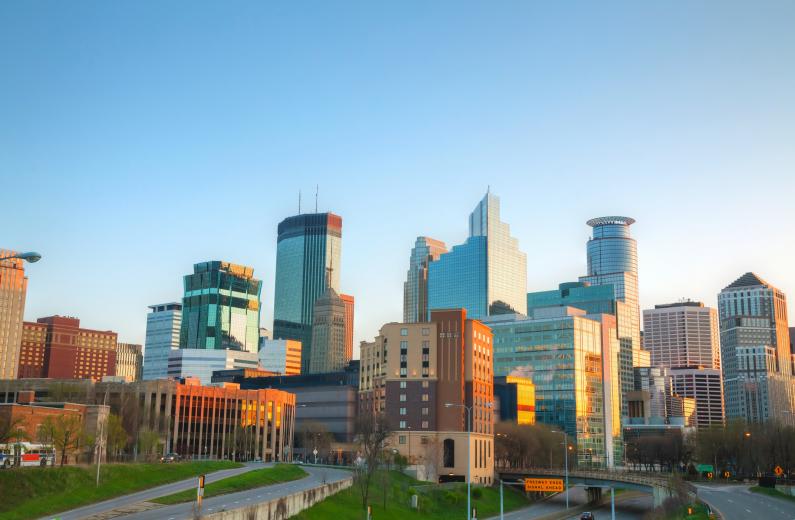1 7
1 7
Developers added 1,840 units of seniors housing in Minneapolis, increasing inventory by 7.4 percent from the first quarter of 2016.
“Minneapolis is showing good demand-side fundamentals, with a sticky population that is multi-generational,” Burke notes.
Apartment developers have returned to Houston, which has finally recovered from the shock of falling oil prices a few years ago that sent the apartment market into a tailspin.
Developers opened 2,473 new apartments in the River Oaks neighborhood and downtown Houston over the year that ended in the second quarter of 2018, according to Marcus & Millichap. That makes the neighborhoods the fifth biggest submarket in the U.S. for new apartment construction.
People who lost homes to Hurricane Harvey in 2017 helped fill the empty units. Apartment vacancy in Houston fell to 6.3 percent in the second quarter from 9.1 percent the year before, according to Marcus & Millichap. Improved job growth also helped fuel demand for apartments.
In the past 12 months, 1,596 units of seniors housing came on-line in Atlanta, an inventory increase of 9.7 percent from the first quarter of 2016.
“The suburbs of Atlanta are busy, but inside of the loop is considerably less supply and strong demand,” says Burke.
In the past 12 months, developers added 1,043 units of seniors housing to Boston, so that the metro area has recorded a 5.3 percent increase in inventory between this quarter and the first quarter of 2016.
New York’s senior housing inventory grew by 2.8 percent between this quarter and the same quarter a year ago, as developers added 1,065 units. These units included properties located in the five boroughs, plus Long Island, according to Mace.
Dallas experienced 6.7 percent growth in seniors housing inventory between the first quarter of 2016 and the first quarter of 2017, with 1,850 units added.
Windy City is obviously becoming more attractive to SFR investors—it experienced a 30.4 percent increase in investment home sales between 2016 and 2017.

